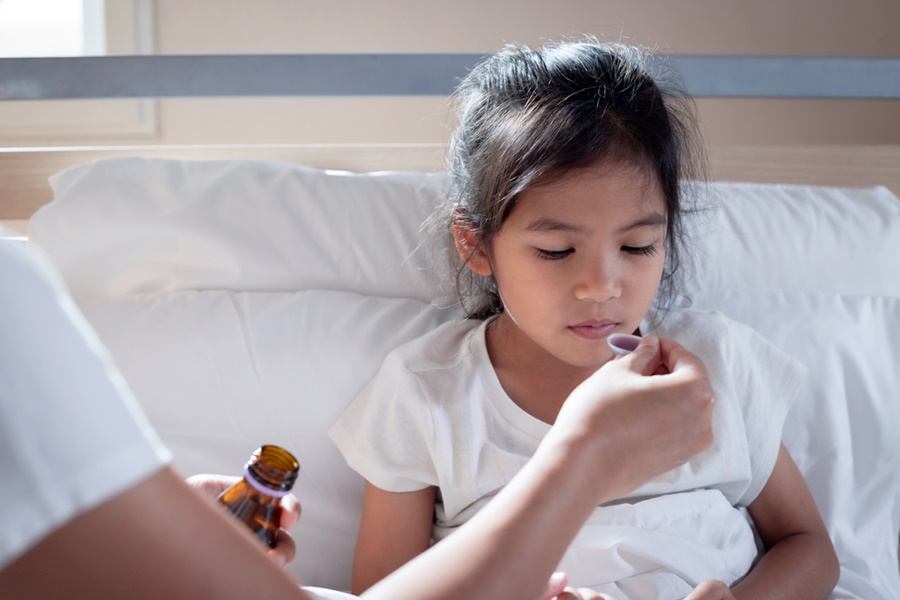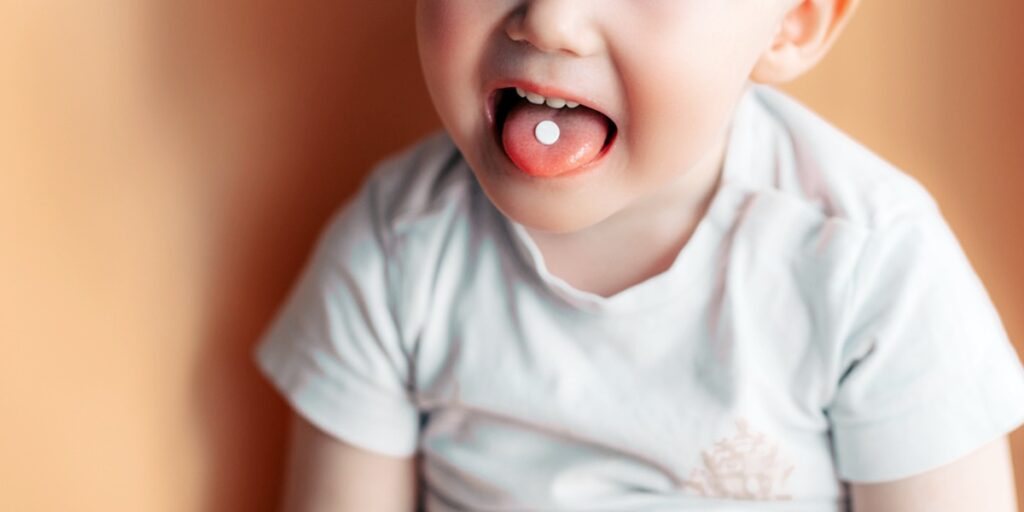
Written by: Doctor Cheung Kit
If a child is seriously ill, I think the parents’ suffering is also significant. This is because, in addition to taking the child to see a doctor and taking time off to care for the child, they also worry about giving the child medication. Therefore, the real battle often begins after returning home from the doctor. There is a systematic approach to administering medication to children, and parents can learn how to do it.
First, the initial form of medication that children encounter is liquid. Liquid medication can be divided into two types: solution and suspension. The former is a watery preparation, often containing a small amount of alcohol, while the latter does not contain alcohol but has granular suspended particles, which can be felt in the throat. Both types are equally effective and have their supporters. Doctors generally have both types of medication available.

Due to the medicinal taste, children do not like it. If you plan to add the medicine to a flavored drink to mask the taste, it generally fails because children are very likely to notice. Furthermore, children have a natural aversion to nausea, so when they feel the discomfort of the medicine in their throat, they may vomit it out. There is no distinction between taking children’s medicine on an empty stomach or after a meal. However, some medicines may react with food, for example, tetracycline and erythromycin in antibiotics may interact with milk, affecting their effectiveness.
As for pills or capsule medication, it’s better to wait until the child is a little older to try them. In theory, both are equally effective compared to liquid medicine. However, generally, cough syrups contain a variety of functional ingredients, making them more effective. Therefore, adults also consider prescription cough syrups. As for the age at which prescription pills can be taken, it depends on the child’s acceptance, as some adults may not even swallow pills. So, as parents, how can we make the process of administering medication less of a chore?

● Try not to force the child to swallow the medicine.
● Involve the child in the process of taking the medicine as early as possible, such as getting the medicine, pouring the liquid, and eventually self-administering with a spoon.
● If the child vomits heavily within half an hour of taking the medicine, you can administer another dose.
● It’s best not to mix the medicine with milk, as if the child doesn’t finish the milk, they won’t get the full dose of the medicine.
● Encourage the child to try swallowing pills (no age limit), starting with a small one.
● Suppositories are indeed effective for certain oral medications. However, for many sensible children, this is a “painful” experience and can lead to negative associations, so it’s best to avoid it if possible.
● Parents should also have a positive attitude towards taking medicine: getting sick requires taking medicine, and taking medicine is not a chore.
We hope that all parents will not be troubled by their children taking medicine.
Address: G/F WING B & C, SAU YUE HOUSE SAU MAU PING ESTATE KOWLOON
Fax: +852 2709 9269